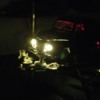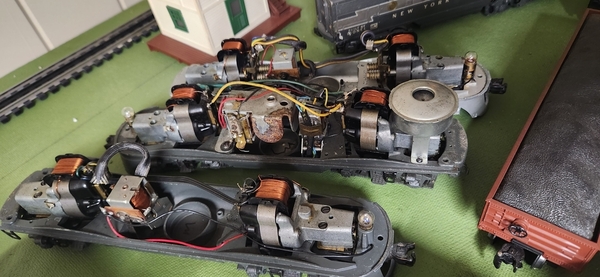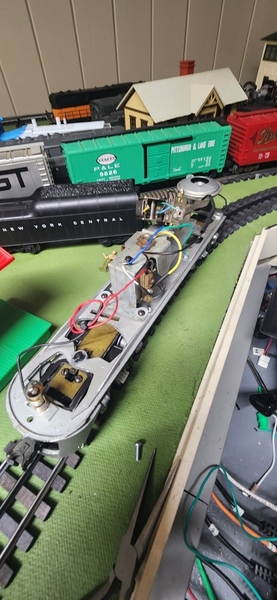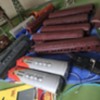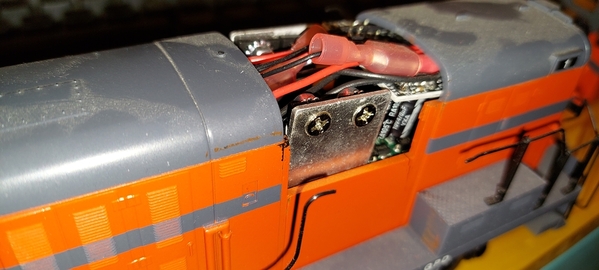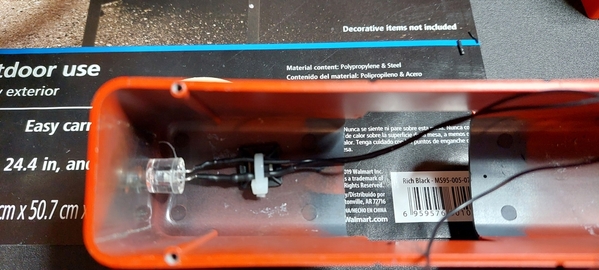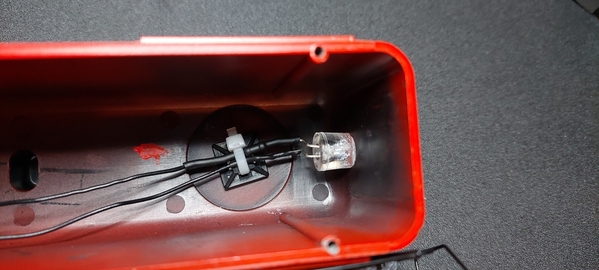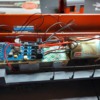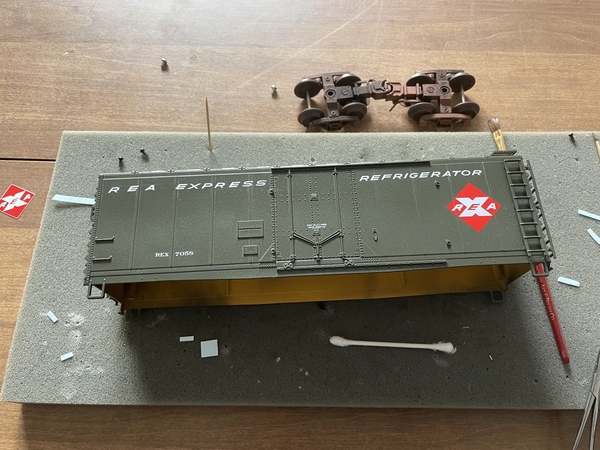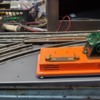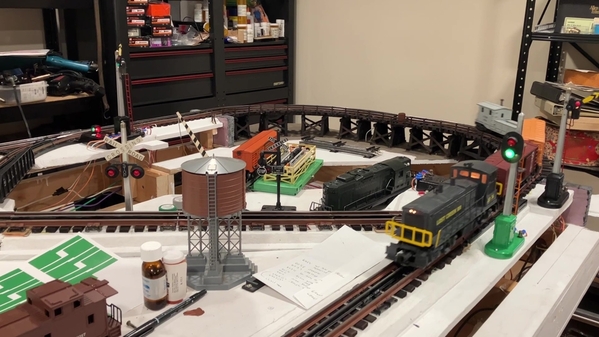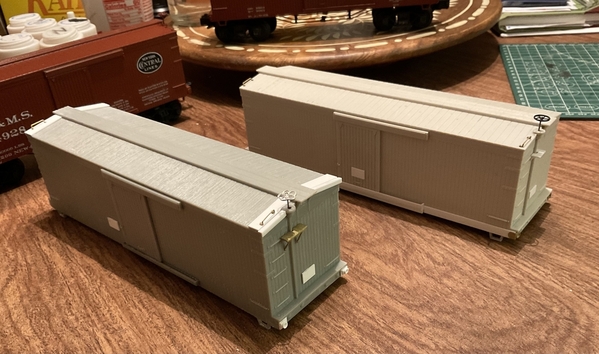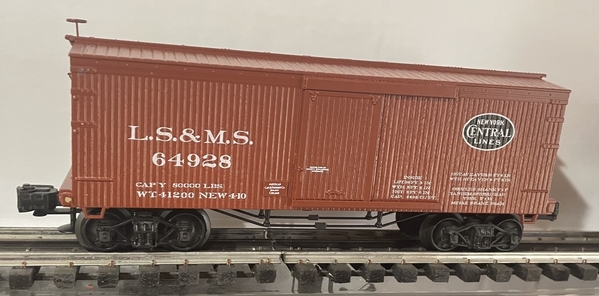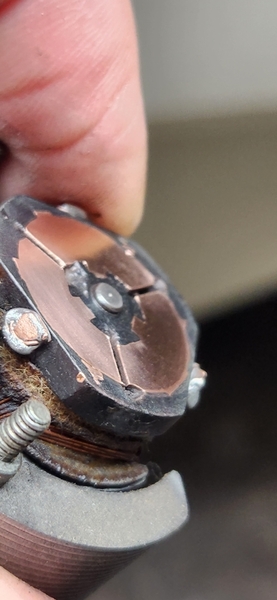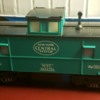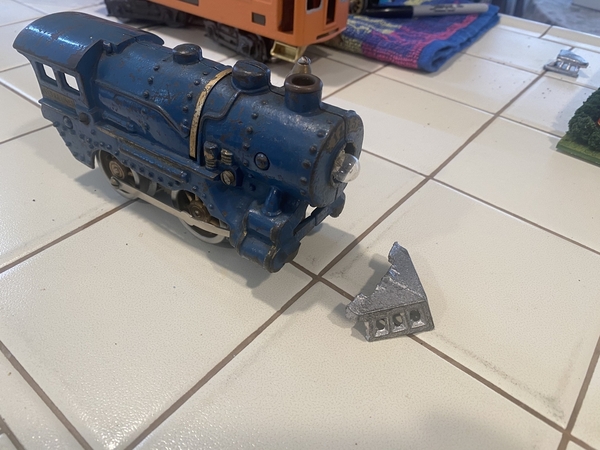... I was reluctant to try Windex because I don’t have any previous experience with it on Lionel paint...
Even tough my boxcar is only worth a dozen dollars, I was hesitant to be too rough with it for fear of spoiling the lettering. The first time I used windex I diluted it 50/50 with water. It got some grunge off, but not all of it. Then I went full strength, but only briefly. Again, it removed another 'measure', but not all of it. Then it was full strength till I was satisfied. Just take it in baby steps.
I'm cleaning and rebuilding dozens of engines, operating cars/accessories, and rolling freight after decades of cardboard and newsprint storage to get them back to "good-as-they-can-be" running condition, because good as new isn't possible  . None of my kit is minty or 'excellent' condition, but I still want to be gentle with them
. None of my kit is minty or 'excellent' condition, but I still want to be gentle with them 
EDIT: in fact if you search "lionel 9802" on the e-b@y, you'll see some of the different 'whites' of the same car.
![]()
![]()










